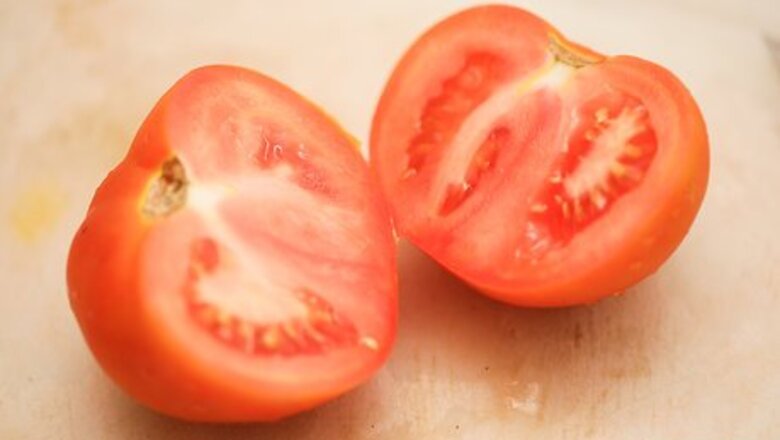
views
Ferment Your Seeds
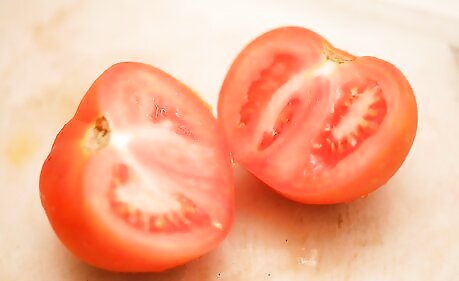
Collect the seeds from the tomato. To do this, slice your ripe heirloom tomato in half with a knife.
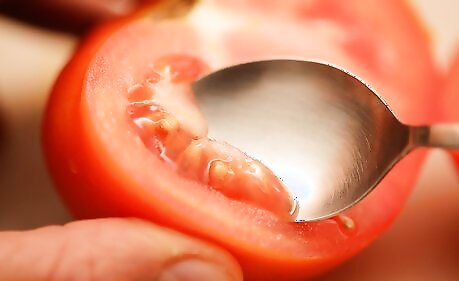
Scoop out the inside of the tomato. You'll get both the seeds and the gel surrounding the seeds.
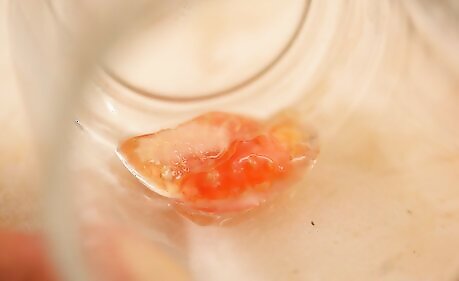
Spoon this mixture into a clean cup, bowl, or other container. You don't need to separate the seeds from the gel, as this will happen naturally later on in the fermentation process.
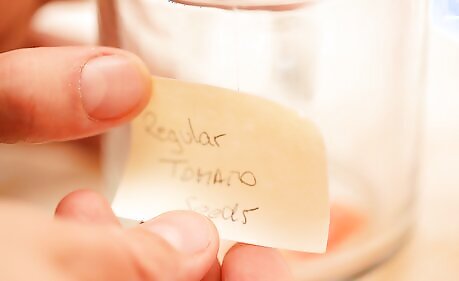
Label the container with the name of the tomato seeds you are saving. This is especially important if you are saving different types of seeds.
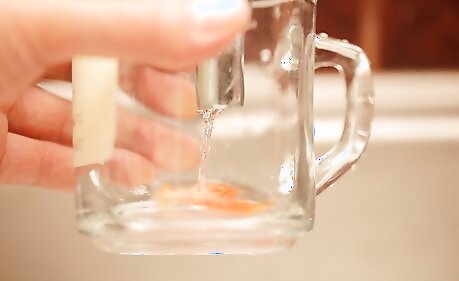
Add enough water to the container to cover the seeds. The amount of water you use doesn’t matter as long as the seeds are covered; the mixture can even be soupy.
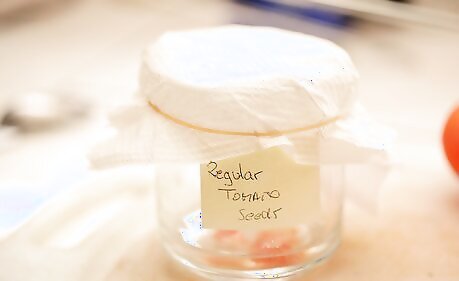
Cover your seed container with a paper towel, cheesecloth or with plastic wrap. Make sure to leave enough room so that air can get to the seeds. The air transpiration encourages seed fermentation. If you use plastic wrap for a cover, be sure to poke a few holes in it.
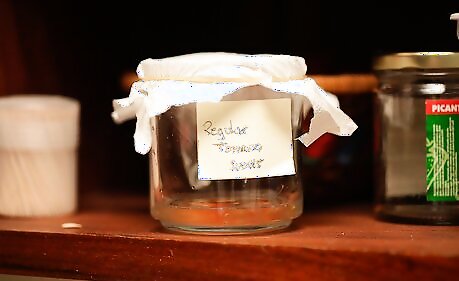
Place your covered seed container in a warm location out of direct sunlight. If possible, choose an indoor location instead of an outdoor one so nothing can interfere with the fermentation process.
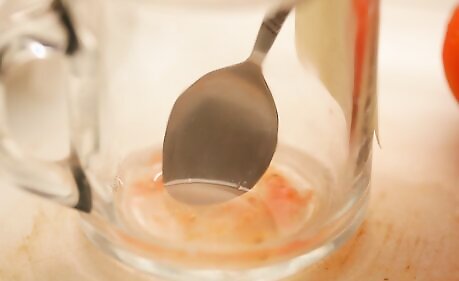
Once a day, remove the covering, and stir the seed mixture. After you're done, replace the covering.
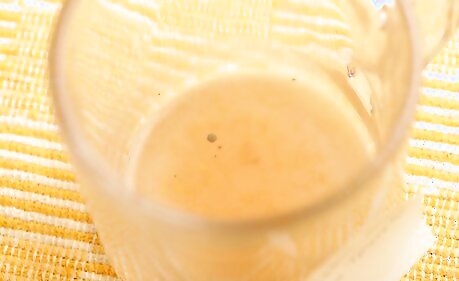
Allow your seed container to sit. This could take up to four days or until a film forms on top of the water and most of the seeds have sunk to the bottom of the container. Any seeds that are still floating on top of the water are not useable.
Collect Your Seeds
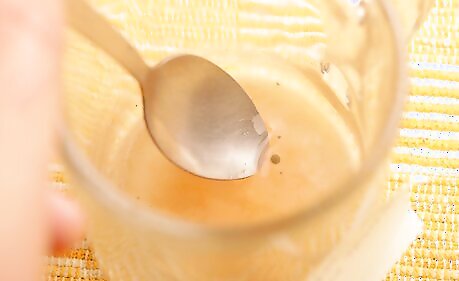
Use a spoon to remove the moldy film and all of the floating seeds. Discard these, as you won't be able to use them to grow a tomato plant.

Clean out your container and fill it with fresh water. The water should be room temperature.
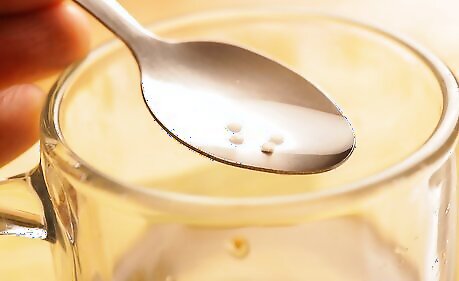
Wash the seeds by gently swishing them around in the fresh water. Use a spoon or other stirring implement that's long enough to get to the bottom of the container.
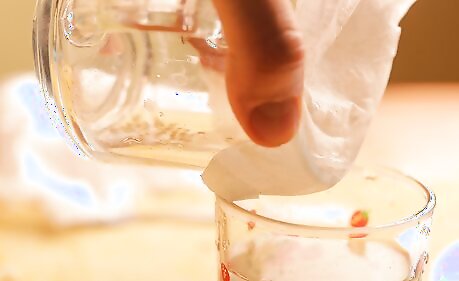
Carefully discard the rinse water. Put a covering over your container when you pour off the water so that you don’t lose any seeds.
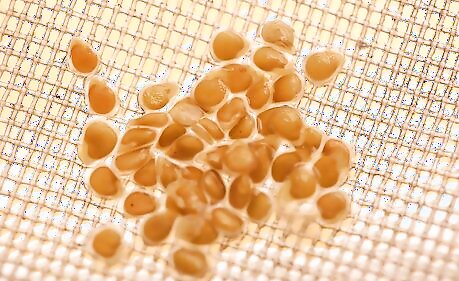
Place the seeds in a strainer. Rinse them under running water, but make sure the holes in the strainer aren't so big that the seeds can slip out.
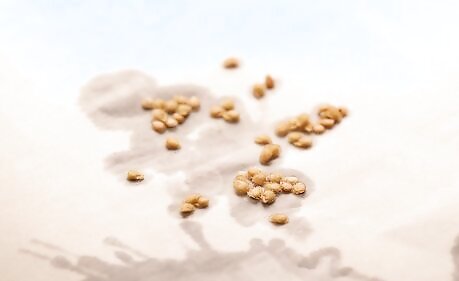
Spread out all the seeds in a single layer on a paper plate. Avoid using other kinds of plates, as the seeds tend to stick together when placed on non-paper surfaces.
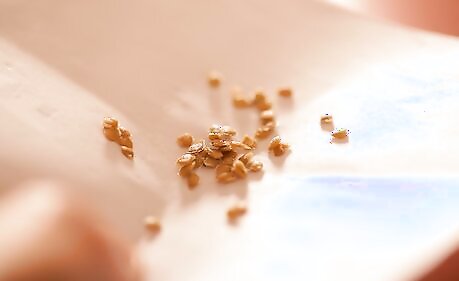
Allow the seeds to dry out of direct sunlight. Shake or stir the seeds periodically so that all the surfaces of the seeds are exposed to the air. They are completely dry if they slide off the plate easily and don’t stick to each other.Save Tomato Seeds for Next Year Step 17Bullet1.jpg
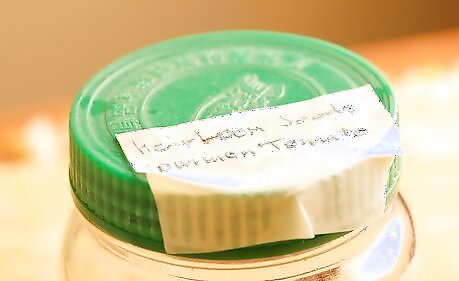
Put the seeds in a jar that has a tightly fitting lid. Label the jar with the name of the seed variety and the date.
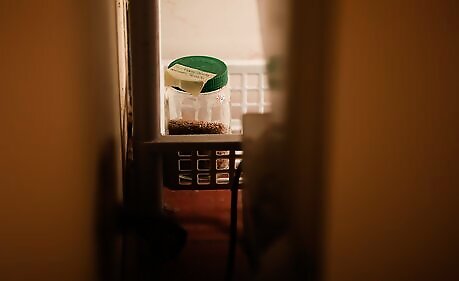
Store in a cool, dark place, such as the back of your refrigerator.

















Comments
0 comment